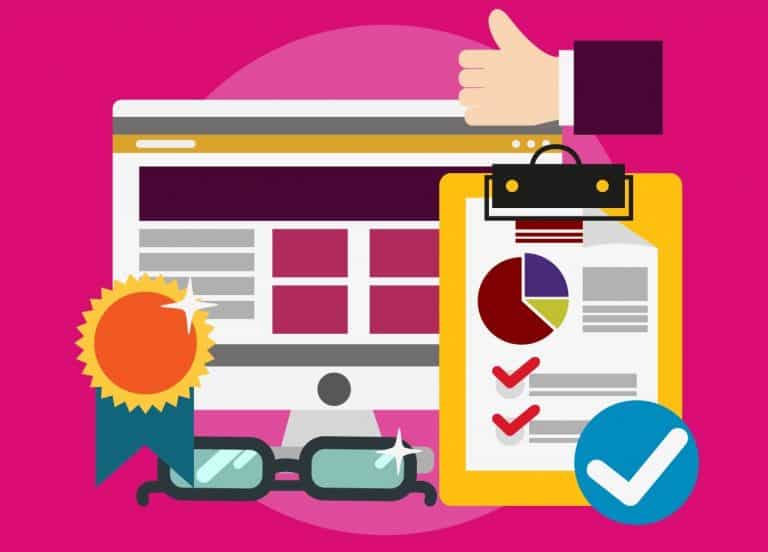|
Listen to Post
|
Listen to this article now:
by Katerina Pippou, Linguist at Commit
Translating your content into multiple languages can help you expand your business to global markets and increase your brand prominence abroad. Quality is key to your global success, therefore you should make sure the translations you get are accurate, error-free and clearly understood by your target audience.
Although there is no specific formula you can use to measure quality, especially in a language that you don’t speak, there are several ways to ensure a positive outcome before, during and after the translation process. Use this checklist of quick tips and you’ll be able to effectively speak to your customers in their native language.
-
- Be willing to invest in translation: If you think translation quality is not important, then think again! Low-quality translations may not only damage your company’s reputation but may also cost you a lot of time and money. If you want to get high-quality, professional translation, you need to have a budget for it.
-
- Choose your translation provider wisely: With so many translation agencies out there, it’s hard to know which one you should trust. But if you do your homework, you can find some useful information that will help you pick the right translation provider for your organization. Make sure this provider has expertise in your industry by checking their current clients.
-
- Plan ahead: Once you decide to have your content translated, you should contact your translation provider as soon as possible. Remember, a good translation takes time – it may take the same time as creating the content. If you expect large volumes or short turnaround times, you should inform your translation provider in advance, so they can plan their resources accordingly.
-
- Prepare your content for translation: A great translation starts with a great source text. You cannot expect the translation to improve upon the poor quality of the original. Ask from your copywriters to be concise and clear, and to double-check the content they create for grammar, spelling and punctuation errors. When it comes to software strings, try to include comments and/or screenshots, so as to provide the translators with as much context as possible. This will help you prevent back-and-forth communications and speed up the translation process.
-
- Collaborate closely with your translation provider: Translation is a difficult process. Providing precise instructions, reference material, glossaries and style guides, not only could make this process easier, but it could also ensure high-quality results from the start. In case of queries or clarifications, try to answer to all questions promptly and clearly and, what is most important, listen carefully to your translators’ concerns and be open to their suggestions.
-
- Use third-party evaluation services: A great way to assess the quality of your translated content is to have a third-party provider review it. Third-party reviews add value to your content if they are performed by experienced, in-country linguists who have a good understanding of the local market and your brand, are not focused on mere error detection, and approach the initial translation in a collaborative and not competitive way.
- Ask your audience: The best way to evaluate the quality of your translated content is to ask feedback from your users. Consider adding a feedback/rating feature to find out whether your content is clearly understood. This way you will get useful information about the quality of your translations directly from your customers, and you will be able to improve your content.









